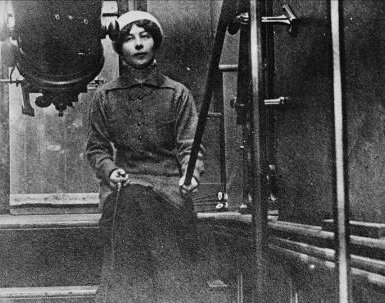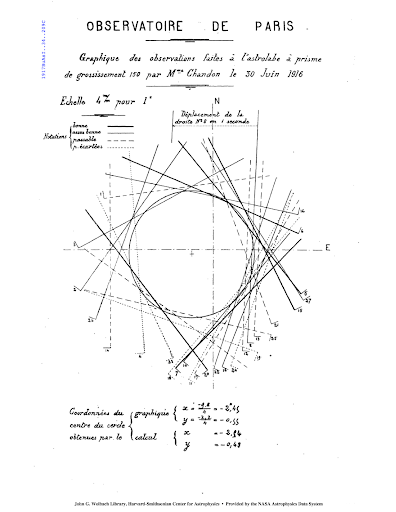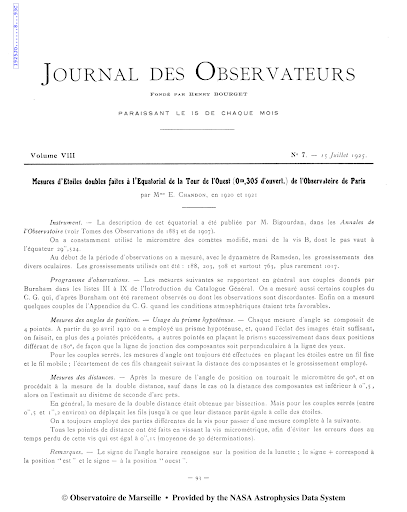For nearly a month, from February 11, marking the International Day of Women and Girls in Science, to March 8, the date on which International Women’s Rights Day is celebrated, eight portraits of women astronomers who have worked "for" or "with" the Paris Observatory over the last three centuries will be published on the wire.
Find out the portrait of the fifth woman in this collection :

Edmée Chandon (1885-1944)
Edmée Chandon is considered as the first professional woman astronomer in France because she was recruited at the Paris Observatory on March 1, 1912 as "aide-astronome".
Edmée Chandon had entered the school a few months earlier as a "daytime observer". In 1912, the newspaper L’Aurore presented her as a "new feminist victory" by recalling her brilliant curriculum vitae : born in a university family, she already had a baccalaureate in literature and science, a degree in mathematics and physics from the Sorbonne and was then preparing her doctorate. In 1908, she was awarded first place in the competitive examination for the agrégation in mathematics. In 1915, she was entrusted with the prism astrolabe (a brand new instrument) of which she became a renowned specialist. She participated in the war effort and in 1916 made many calculations requested by the government. In 1918, she divided her time between the meridian instruments, essentially used for the determination of the time, and the equatorial instruments allowing more varied observations (double stars, comets, planets, satellites). In 1924, she became assistant astronomer and in 1932, the first woman member of the International Union of Astrophysics.


| Previous portraits : |
The Women Astronomers project at the Paris Observatory
At the initiative of the working group on equality between women and men, and with the support of the presidency of the Observatoire de Paris-PSL, a committee of female and male researchers, students and doctoral students has been formed to highlight the work of women astronomers who, as much as their male colleagues, have contributed to the scientific history of the institution. These women often remained in the shadow of the private sphere, rarely co-signing the publication of their own results, or confined to the role of assistant or scientific secretary, before finally obtaining the recognized status of astronomer at the beginning of the 20th century.
In addition to a first event in the form of a few web and Twitter publications on the occasion of the International Day of Women and Girls in Science 2023, the project plans to build up a documentary fund, to write wikipedia content to describe the work of the many women astronomers who have worked with the institution, and eventually to create an installation in the form of a portrait gallery, to be exhibited in the buildings of the institution.
Participating in this project are Romane Cologni, Lucie Cros, Léa Griton, Mathilde Malin, Rhita-Maria Ouazzani and Gilles Theureau.
